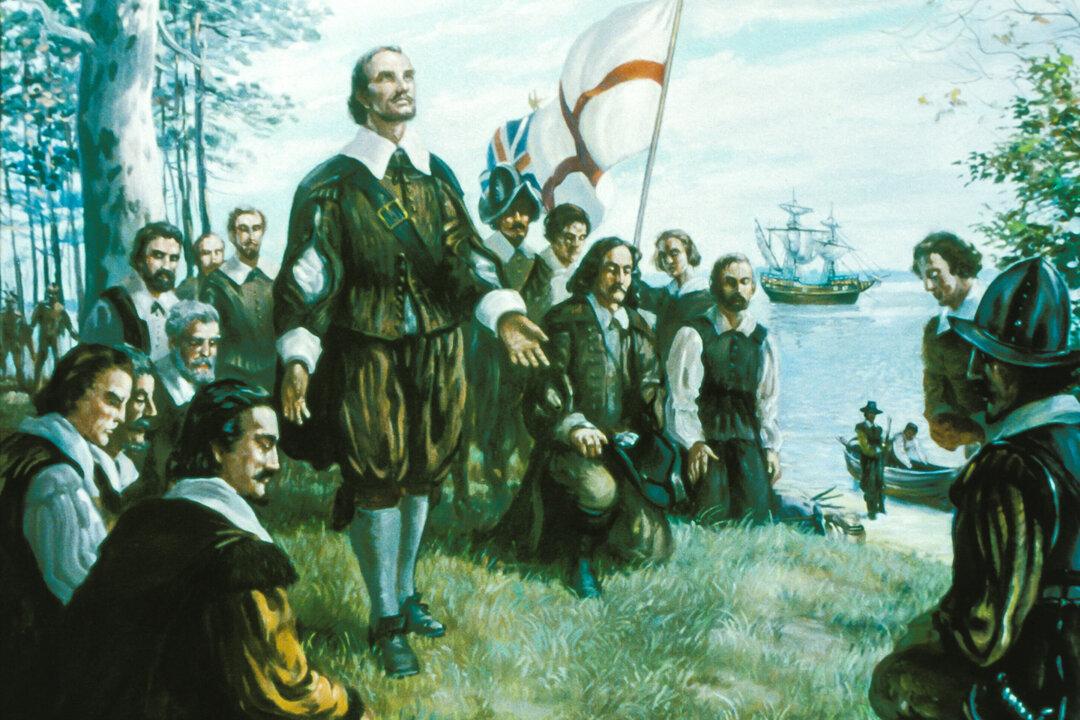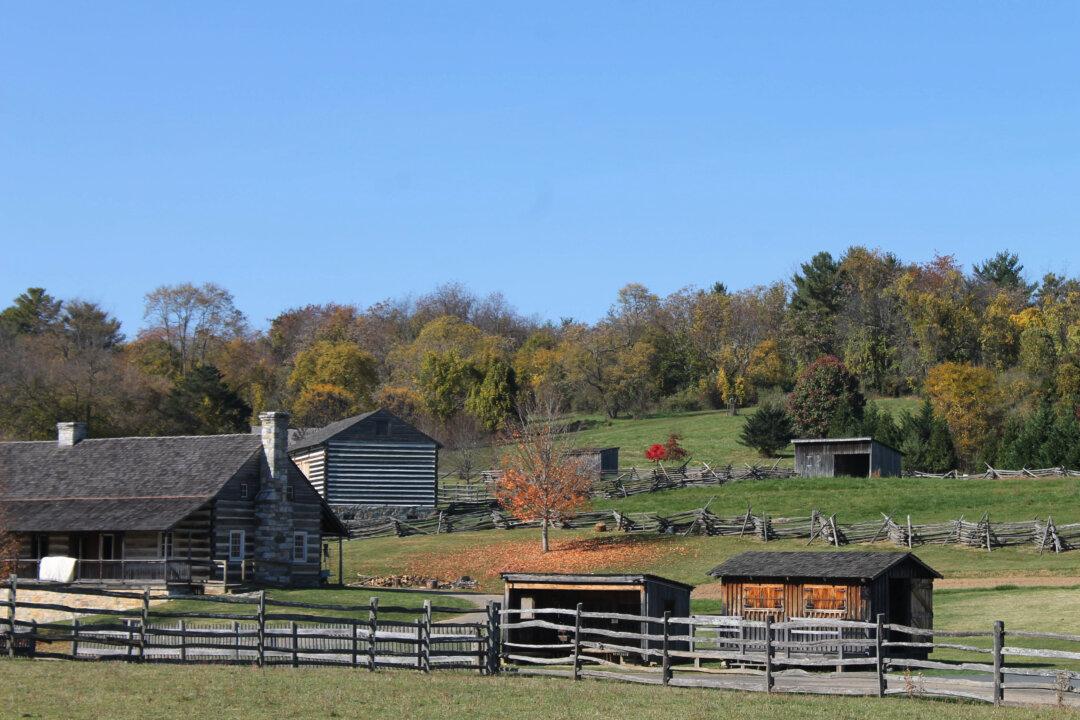“Bring me men to match my mountains, Bring me men to match my plains, Men with empires in their purpose, And new eras in their brains,” penned the American poet Sam Walter Foss in his poem, “The Coming American.”
Relatively unchartered by man in the mid 1800’s, were the great western mountains of America. Far from the cities that paved over the natural world, the virgin landscapes—wild and pure—attracted the American Romanticists and Transcendentalists. Before the transcontinental railroad was completed in 1869, one would have to traverse the unforgiving landscapes and swim horseback through rivers: The journey being the necessary and sometimes miserable path between the two.
American landscape painter, Albert Bierstadt, bridged the gap between east to west. With a sense of the land’s raw beauty, promise, and power, he captured the spirit of the American west and offered viewers, who would never peril the westward journey, a window into the majesty of the Rocky Mountains.

Sculpting an Artist
Albert Bierstadt was born on January 7, 1830, in the Westphalia town of Solingen (now a part of Germany). His parents immigrated to New Bedford, Massachusetts, when he was 1 year old. As a young boy, he was known for his fine drawing skills. In 1851, Bierstadt took up painting in oils, and just two years later he returned to Europe, hoping to study at the Dusseldorf Academy.Bierstadt applied to the school, but he didn’t get in. Undaunted, he became an apprentice of his friend Worthington Whittredge. Bierstadt studied informally with the Dusseldorf painters and honed his skills painting Alpine landscapes. Growing out of the German Romantic Movement, the school greatly influenced the painters of the Hudson River School. The school emphasized highly detailed landscapes, and many of the members were strong advocates of plein air painting—working outside in the natural environment.

Returning to New Bedford in 1857, Bierstadt become a teacher of drawing and painting. That year, the Boston Athenaeum bought one of his paintings, “The Portico of Octavia, Rome” (1855), giving him funds to begin painting full-time.
Westward Expeditions
In 1859, drawn by the Alpine scenery of the American West, Bierstadt joined the survey party of Frederick W. Lander, who was working for the United States government. He made extensive studies on the trip, which would become source material for his grand paintings, executed in his studio at the 10th Street Studio Building in New York.In 1860, he was formally elected a member of the National Academy. His skills, honed in the mountains of Europe, would serve him well as he became the man many would consider “the preeminent painter of the western American landscape.”
In 1863, he headed west again. This time, he traveled with Fitz Hugh Ludlow, a colorful American author, journalist, and explorer. Ludlow was a man who lived large and died young (at age 34). It was Ludlow, acting in his capacity as art critic for the New York Evening Post, who had established Bierstadt’s reputation as an American landscape artist.
![After seeing Lake Tahoe during an 1863 expedition through California, Fitz Ludlow wrote, “Just across the boundary, we sat down on the brink of glorious Lake Tahoe … [with its] crystal sheet of water freshdistilled from the snow-peaks, its granite bottom visible at the depth of a hundred feet.” “Lake in the Sierra Nevada” by Albert Bierstadt, 1867. Oil on canvas. (Public domain)](/_next/image?url=https%3A%2F%2Fimg.theepochtimes.com%2Fassets%2Fuploads%2F2023%2F02%2F15%2FAlbert_Bierstadt_-_Lake_in_the_Sierra_Nevada_1867-600x442.jpeg&w=1200&q=75)
Bierstadt was 33 when he set out with Ludlow and two other men on their journey. Ludlow wanted to document the journey. Bierstadt wanted to do studies for further paintings, and the others—two gentlemen named Hall and Durfee—just came along for the adventure. They arrived in Denver, Colorado, on June 8, 1863, and visited Pike’s Peak and the Garden of the Gods before setting out for Salt Lake City, Utah.
They traveled to California, Oregon, Washington, and British Columbia. But it was in Colorado that Albert Bierstadt climbed a mountain that would later bear his name. Today, the 14,065-foot Mount Bierstadt is a popular destination for hikers. Bierstadt made the first documented ascent to the summit on that trip.
A Luminous Painter
The grand landscapes Bierstadt depicted were vast on a scale that needed large canvases: Her plains, waterways, and mountains in the west required nothing less.
As a luminist painter, Bierstadt used dramatic lighting in his compositions to accentuate the energy of the soaring landscapes. The exquisite use of light, the attention to detail, and the aerial perspective all work to convey a true sense of the wonder that is western America.
His 1867 painting “Emigrants Crossing the Plains” captures well the spirit of that new land. In the painting, a group of settlers are moving toward a blazing evening sky. In the distance are towering cliffs bathed in evening light, and the land that lies before them is vast and flat. Trees frame the setting sun and delineate a water course where the settlers’ livestock may drink.
In his life, Bierstadt achieved great success and recognition. Napoleon III of France even awarded him the Legion of Honor, which is the highest French order of merit. Although the artwork of American landscape painters fell out of favor during the rise of impressionism in the 20th century, Bierstadt’s paintings were preserved in museums and private collections following his death on February 18, 1902.





